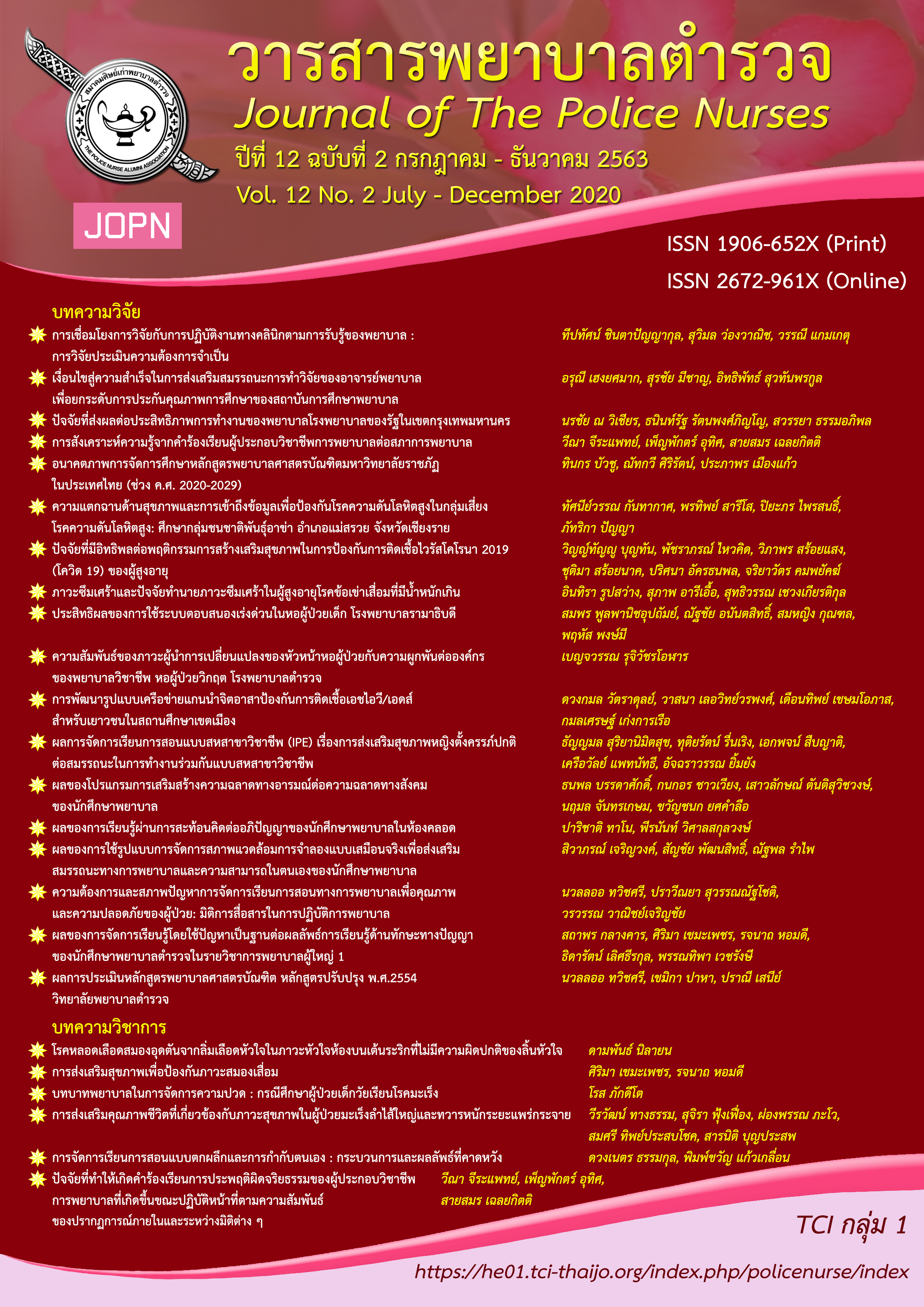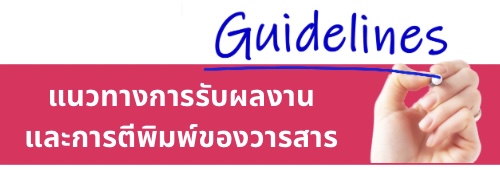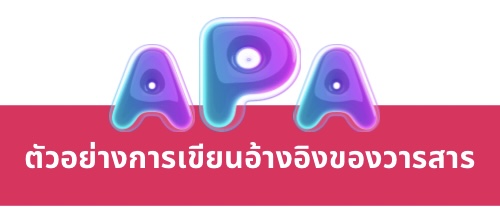การพัฒนารูปแบบเครือข่ายแกนนำจิตอาสาป้องกันการติดเชื้อเอชไอวี/เอดส์สำหรับเยาวชนในสถานศึกษาเขตเมือง
คำสำคัญ:
แกนนำจิตอาสา, เอชไอวี, เอดส์, เยาวชน, สถานศึกษาบทคัดย่อ
การวิจัยแบบผสมวิธีครั้งนี้ มีวัตถุประสงค์เพื่อศึกษาพฤติกรรมในการป้องกันการติดเชื้อเอชไอวี/เอดส์ พฤติกรรมจิตอาสาในการป้องกันการติดเชื้อเอชไอวี/เอดส์ และพัฒนารูปแบบเครือข่ายแกนนำจิตอาสาป้องกันการติดเชื้อเอชไอวี/เอดส์สำหรับเยาวชนในสถานศึกษาเขตเมือง การวิจัยแบ่งออกเป็น 2 ระยะ ระยะที่ 1 วิจัยเชิงพรรณนาเพื่อศึกษาพฤติกรรมในการป้องกันการติดเชื้อเอชไอวี/เอดส์ และพฤติกรรมจิตอาสาในการป้องกันการติดเชื้อเอชไอวี/เอดส์ ตัวอย่างเป็นเยาวชนจำนวน 1,765 คน ในโรงเรียนระดับมัธยมศึกษาและอาชีวศึกษาใน กรุงเทพมหานคร จำนวน 20 แห่ง วิเคราะห์ข้อมูลด้วยสถิติเชิงพรรณนา ระยะที่ 2 วิจัยเชิงคุณภาพเพื่อพัฒนารูปแบบแกนนำจิตอาสาป้องกันการติดเชื้อเอชไอวี/เอดส์ เก็บข้อมูลโดยคัดเลือกผู้ให้ข้อมูลแบบเฉพาะเจาะจงจำนวน 100 คน ประกอบด้วย เยาวชนจำนวน 80 คน และอาจารย์แนะแนว จำนวน 20 คน ในโรงเรียนระดับมัธยมศึกษาและอาชีวศึกษาในกรุงเทพมหานคร ที่เข้าร่วมโปรแกรมพัฒนาแกนนำจิตอาสาป้องกันการติดเชื้อเอชไอวี/เอดส์ จำนวน 20 แห่ง ทำสนทนากลุ่มในเยาวชนด้วยแนวคำถามปลายเปิดกึ่งโครงสร้าง และการบันทึกเทป วิเคราะห์ข้อมูลด้วยการวิเคราะห์เนื้อหาร่วมกับการทบทวนวรรณกรรมเพื่อพัฒนารูปแบบการสร้างแกนนำจิตอาสาในการป้องกันการติดเชื้อเอชไอวี/เอดส์
ผลการวิจัยพบว่า เยาวชนร้อยละ 46.00 เป็นกลุ่มเสี่ยงในการติดเชื้อเอชไอวี/เอดส์ ตัวอย่างวิจัยมีคะแนนเฉลี่ยพฤติกรรมจิตอาสาในการป้องกันการติดเชื้อเอชไอวี/เอดส์อยู่ในระดับปานกลางทั้งเพศหญิง (M=2.26, SD=.37) และเพศชาย (M=2.18,SD=.40) คะแนนเฉลี่ยความตระหนักในตนเองเพื่อป้องกันการติดเชื้อเอชไอวี/เอดส์ในเพศหญิง (M=3.89, SD=.35) และเพศชายอยู่ในระดับมาก (M=3.83, SD=.38) คะแนนเฉลี่ยพฤติกรรมการป้องกันตนเองเพื่อหลีกเลี่ยงการมีเพศสัมพันธ์อยู่ในระดับมากทั้งเพศหญิง (M=2.74, SD=.20) และเพศชาย (M=2.71, SD=.23) คะแนนเฉลี่ยพฤติกรรมจิตอาสาในการป้องกันการติดเชื้อเอชไอวี/เอดส์อยู่ในระดับปานกลางทั้งเพศหญิง (M=2.26, SD=.37) และเพศชาย (M=2.18, SD=.40) ส่วนการสังเคราะห์รูปแบบการสร้างแกนนำจิตอาสาในการป้องกันโรคเอดส์ของเยาวชนในสถานศึกษาที่เข้าร่วมโครงการแกนนำจิตอาสาป้องกันการติดเชื้อเอชไอวี/เอดส์ในเขตเมือง ประกอบด้วย 1) การสร้างพลังอำนาจให้ตนเอง 2) การสร้างพลังอำนาจให้เพื่อน และ 3) การสร้างพลังอำนาจในชุมชน รูปแบบแกนนำจิตอาสาในการป้องกันการติดเชื้อเอชไอวีนี้สามารถนำไปเป็นนโยบายในการให้ความรู้เพศศึกษาอย่างมีคุณภาพในโรงเรียนต่าง ๆ โดยส่งเสริมให้เยาวชนมีพลังอำนาจและมีจิตอาสาด้านการป้องกันติดเชื้อเอชไอวี/เอดส์ในตนเองและกลุ่มเพื่อน รวมทั้งสร้างความรู้สึกมีส่วนร่วมของประชาชนในชุมชน
Downloads
เอกสารอ้างอิง
AIDS TB and STIs Control Division. (2019). Bangkok HIV & AIDS situation Bangkok: AIDS, TB and STIs Control Division.
Aramsin, R., & Prachanno, W. (2016). Communication on sex education between parents and adolescents in family. Journal of Health Sciences Scholarship, 3(2), 30-40.
Ballard, P. J., Cohen, A. K., & Duarte, C. d. P. (2019). Can a school-based civic empowerment intervention support adolescent health?. Preventive Medicine Reports, 16, 100968.
Bamise, O. F., Bamise, C. T., & Adedigba, M. A. (2011). Knowledge of HIV/AIDS among secondary school adolescents in Osun state, Nigeria. Nigerian Journal of Clinical Practice, 14(3), 338-344. doi:10.4103/1119-3077.86780
Cupp, P. K., Atwood, K. A., Byrnes, H. F., Miller, B. A., Fongkaew, W., Chamratrithirong, A., . . . Chookhare, W. (2013). The impact of Thai family matters on parent–adolescent sexual risk communication attitudes and behaviors. Journal of Health Communication, 18(11), 1384-1396. doi:10.1080/10810730.2013.778371
Globerman, J., Mitra, S., Gogolishvili, D., Rueda, S., Schoffel, L., Gangbar, K., . . . Rourke, S. B. (2017). HIV/STI prevention interventions: A systematic review and meta-analysis. Open medicine (Warsaw, Poland), 12, 450-467. doi:10.1515/med-2017-0064
Gonçalves, H., González-Chica, D. A., Menezes, A. M., Hallal, P. C., Araújo, C. L., & Dumith, S. C. (2013). HIV/AIDS transmission knowledge among adolescents aged 11 years from Southern Brazil. Revista Brasileira de Epidemiologia, 16(2), 420-431.
Martyn, K. K., Darling-Fisher, C., Pardee, M., Ronis, D. L., Felicetti, I. L., & Saftner, M. A. (2012). Improving sexual risk communication with adolescents using event history calendars. The Journal of School Nursing, 28(2), 108-115. doi:10.1177/1059840511426577
Morton, M. H., & Montgomery, P. (2013). Youth empowerment programs for improving adolescents’ self-efficacy and self-esteem: A systematic review. Research on Social Work Practice, 23(1), 22-33. doi:10.1177/1049731512459967
National AIDS Committee. (2015). Thailand AIDS response progress report reporting period: Fiscal year of 2014. Bangkok: National AIDS Committee.
Rogers, A. A. (2017). Parent–adolescent sexual communication and adolescents’ sexual behaviors: A conceptual model and systematic review. Adolescent Research Review, 2(4), 293-313. doi:10.1007/s40894-016-0049-5
Thampanichawat, W., & Olanratmanee, B. (2018). Sex education for adolescents in school: A case study in Bangkok. Thai Journal of Nursing Council, 33(3), 82-98.
UNAIDS. (2012). Epidemiological fact sheet on HIV and AIDS: Thailand 2012 update. Geneva, Switzerland: WHO Working Group on Global HIV/AIDS and STI Surveillance.
UNAIDS. (2019). Global HIV & AIDS statistics - 2019 fact sheet. Geneva, Switzerland: UNAIDS.
Wattradul, D., Numpet, T., Smuntavekin, S., & Chaopreecha, O. (2016). Developing model of health promoting behavior in preventing HIV and STDs in the youths in the city. Journal of Nursing Science & Health, 39(1), 24-36.
Wattradul, D., Khasemophas, D., Lerwitworapong, W., Sombatkaew, N., & Thitisak, S. (2012). Volunteer spirit program in teens: Focus group discussion about prevention of HIV at schools in Bangkok. JBI Evidence Implementation, 10(3), 300-301.
World Health Organization (WHO). (1994). Life skills education for children and adolescents in schools. Geneva: Division of Mental Health, World Health Organization.
Yingyong, T., Seenor, W., Chantaramanee, S., & Punsuwan, N. (2018). The behavioral surveillance survey of student groups in Thailand, 2017. Nonthaburi: Bureau of Epidemiology, Department of Disease Control, Ministry of Public Health.
ดาวน์โหลด
เผยแพร่แล้ว
รูปแบบการอ้างอิง
ฉบับ
ประเภทบทความ
สัญญาอนุญาต
ผลงานที่ได้ตีพิมพ์แล้วจะเป็นลิขสิทธิ์ของวารสารพยาบาลตำรวจ















